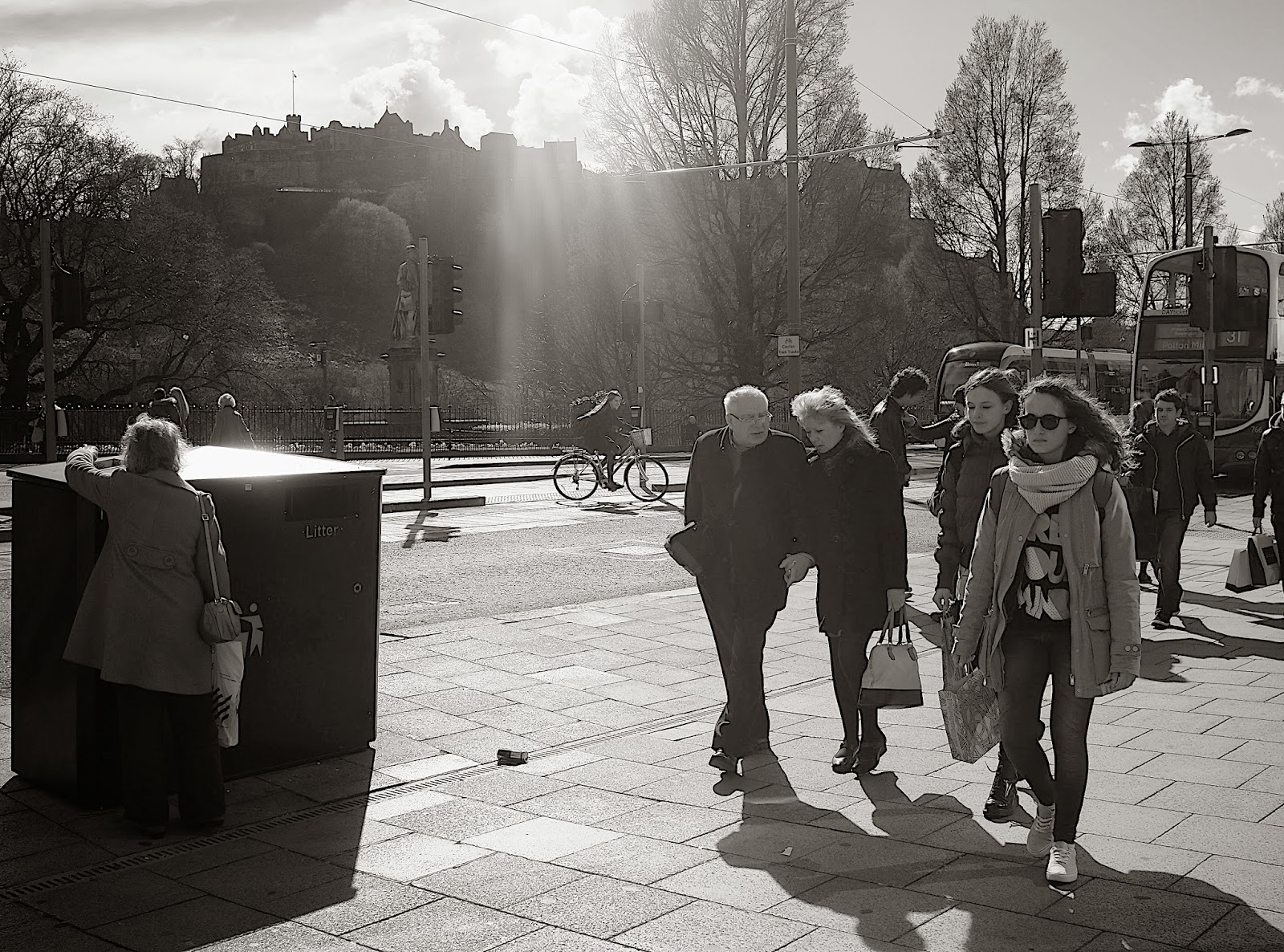Because I haven’t been getting around as much recently, I was in the market for a small pocketable camera for those candid photo opportunities which occasionally present themselves when out and about locally.
Some months back I sold my Ricoh GRD IV on a whim (something I later came to regret) so began looking for a camera to take its place. I thought about repurchasing the Ricoh but, although image quality is good, I decided to move up to a bigger sensor. (I did try the ASPC-sized GR last year, but couldn’t really bond with it as I do a fair amount of low-light shooting. The GR, unlike the GRD IV, has no stabilizer, a factor which likely prejudiced my feelings toward the camera.)
Anyway, my choices narrowed to the following: the Sony RX100 series and the Panasonic Lumix GM1. I decided to go for the Lumix as it boasts a four-thirds sensor and has a fair choice of lenses (including the 12-32 kit glass which has image stabilization built in.)
The 12-32 has proved surprisingly good, and its image stabilization easily overcomes the lowest aperture setting of F3.5 (at the 24mm end). For this reason, higher ISO interior shots are quite acceptable. The only slight drawback of the GM1 and the 12-32 is that it’s not as pocketable, say, as the Ricoh GRD IV or the Sony RX100 series. Don’t get me wrong, the GM1 with its kit lens in the closed position is only around 2 inches back to front — so still reasonably compact (and easily fits in a coat pocket).
I began to wonder, though, if there was a lens that would narrow the camera’s profile yet further; something nearer to the width of the aforementioned Ricoh GRD IV. It was then that I heard about the Olympus BCL-15, a lens so slender that it really deserves its ‘body-cap’ moniker. (Note: Olympus and Panasonic jointly developed the four-thirds system, so their lenses are interchangeable.)
Although modestly-priced, the only ‘fly in the ointment’ with the BCL-15 is that its compact and basic construction brings with it certain limitations. For starters, it will not autofocus — instead, the front of the lens has a lever which enables just four settings: closed, infinity, 3 meters to infinity, and close-focus. There is also only one aperture; a fixed F8.
So it would seem, then, for my needs — candid shots, many taken in an interior environment — the BCL-15 was out of the question. Or was it?
I’d first tried the 12-32 on the GM1 in a low-lit shopping mall in shutter-priority 125, with the ISO set at 3200. I noticed the camera gave me many shots at F9 or above and, as I mentioned previously, these were really quite acceptable. (Remember — we’re talking about candid shots here; a certain amount of noise and occasional slight OOF is acceptable. To quote Henri Cartier-Bresson: ‘Sharpness is a bourgeois concept’.)
I reasoned, therefore, I’d be okay with BCL-15's F8. After it arrived I popped it on the camera in Aperture Priority (auto-ISO) and concentrated on taking photos. The result? Well, the pictures below will let you judge for yourself. The Olympus doesn’t deliver the most tack-sharp of images, perhaps, and of necessity its fixed F8 setting will almost always deliver a higher ISO. However, in terms of portability, super discreet profile and amazing fun factor, I think it one little lens that is remarkably hard to beat.
(To view further images taken with this lens, see Flickr link on right to view my regularly updated Olympus BCL-15 album.)
(To view further images taken with this lens, see Flickr link on right to view my regularly updated Olympus BCL-15 album.)
 |
| Festive Cheer ... (ISO 2500, 1/125) |
 |
| Christmas is for sharing (ISO 3200, 1/100) |
 |
| Fingerstall (ISO 2500, 1/125) |
 |
| Focus of attention (ISO 3200, 1/125) |
 |
| Play roulette here (ISO 1000, 1/125) |
 |
| Resisting temptation ... (ISO 2500, 1/125) |
 |
| Shopping: it's enough to send you bananas (ISO 2500, 1/125) By way of contrast, here are three high ISO images from the Lumix 12 -32 (at 28mm): |
 |
| Cashpoint ... (ISO 3200, 1/160) |
 |
| Evening News (ISO 3200, 1/125) |
 |
| Waiting for the rain to stop ... (ISO 3200 1/100 |










































